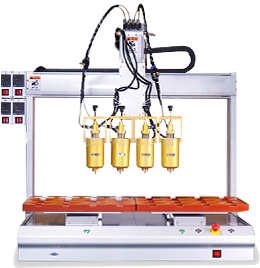-
CN
-
Service Hotline
+8618129931046 Mr. Liao




Core Definition and Application Scenarios
Core Function: Serving as the "data brain" of a multi-parameter monitor, it integrates inputs from various physiological signal sensors (such as ECG electrodes, blood oxygen sensors, and blood pressure cuffs). Through signal amplification, filtering, analog-to-digital conversion (ADC), and algorithmic processing, it converts the raw signals into quantified data such as heart rate, blood oxygen saturation (SpO₂), systolic/diastolic blood pressure, and body temperature, which can be read by medical personnel. It also supports data storage, screen display, and transmission to hospital systems.
Application Scenarios: Covering hospital intensive care units (ICUs), general wards, emergency rooms, operating rooms, and portable home monitors, it must be suitable for both fixed use (bedside monitoring) and mobile use (emergency transport). Some devices must support vehicle power supply. Compared with consumer electronics and industrial PCBAs, their core differences are: they must pass medical electrical safety certification (such as IEC 60601-1), have a data error rate of ≤1%, a leakage current of ≤100μA (to protect against electric shock), an MTBF of ≥80,000 hours, and must be resistant to electromagnetic interference (such as electromagnetic radiation between hospital equipment) and biocompatible (materials that come into contact with the human body must be compliant).
The PCBA (Peripheral Data Analyzer) for multi-parameter patient monitors is the monitor's core data processing hub, responsible for the precise collection, real-time processing, and secure transmission of patients' vital signs (e.g., ECG, blood oxygen, blood pressure, and temperature). Its design must strictly adhere to medical device standards, focusing on the four key requirements of "data accuracy, electrical safety, clinical reliability, and regulatory compliance" to ensure accurate and undelayed patient status information is provided to medical staff.